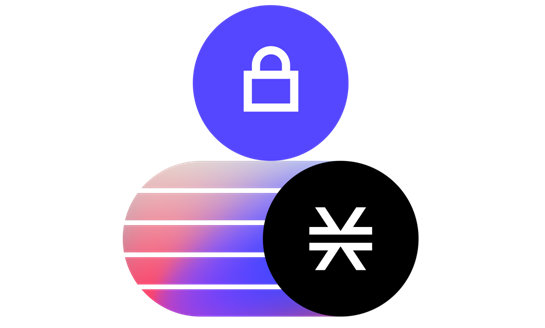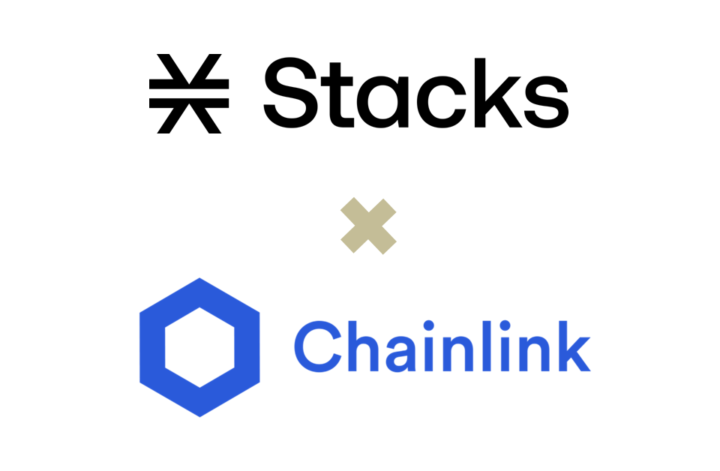As Stacks 2.0 is going mainnet on 14 January 2021, “The economics behind STX miners’ motivation” would be an interesting topic to deep dive into for the Stacks Protocol / Proof of Transfer. Miners are a distinct group within the blockchain ecosystem, their operation is fundamental to the integrity, decentralization of the blockchain infrastructure.
Mining in layman’s term is the very action where resources are consumed to produce a new resource(in blockchain context it would be to mint a new block). There are various form of mining in the blockchain ecosystem:
| Name | Acronym | Miner action to mint new cryptocurrency |
| Proof-of-Work | PoW | Consume electricity towards computations to mint units of a new cryptocurrency. |
| Proof-of-Stake | PoS | Dedicate economic stake in a base cryptocurrency to mint units of the same cryptocurrency. |
| Proof-of-Burn | PoB | Destroy a base cryptocurrency to mint units of a new cryptocurrency. |
| Proof-of-Transfer | PoX | Transfer a base cryptocurrency to mint units of a new cryptocurrency. |
Source: PoX Whitepaper
In the context of Stacks Protocol, which adopts the Proof of Transfer mechanism, here’s a summary of the key characteristics of STX mining and Stacking:










